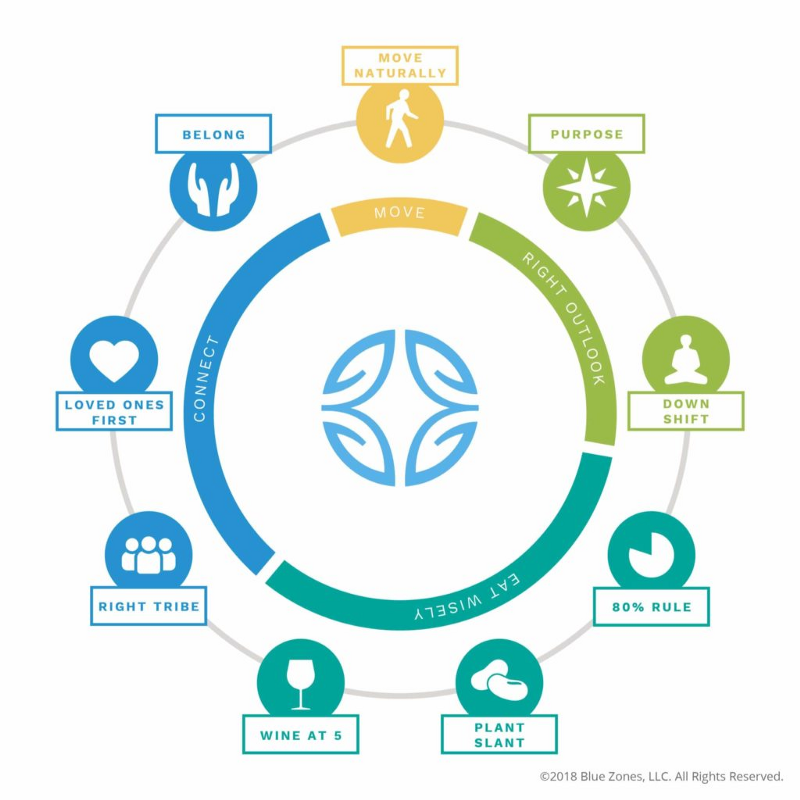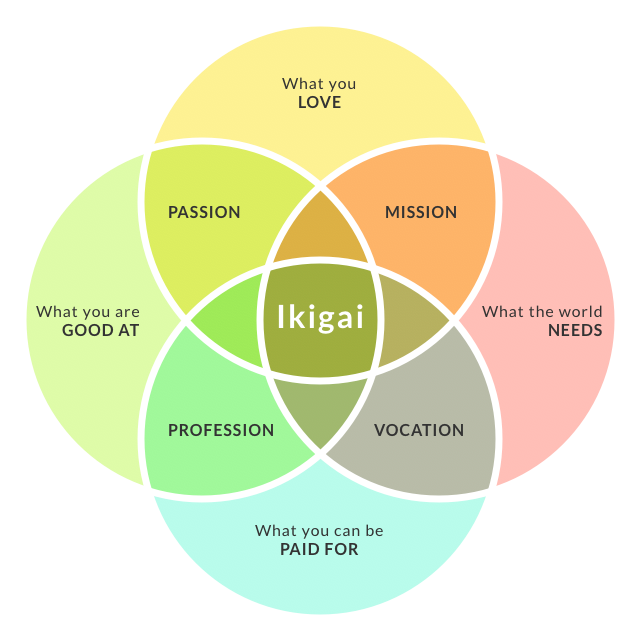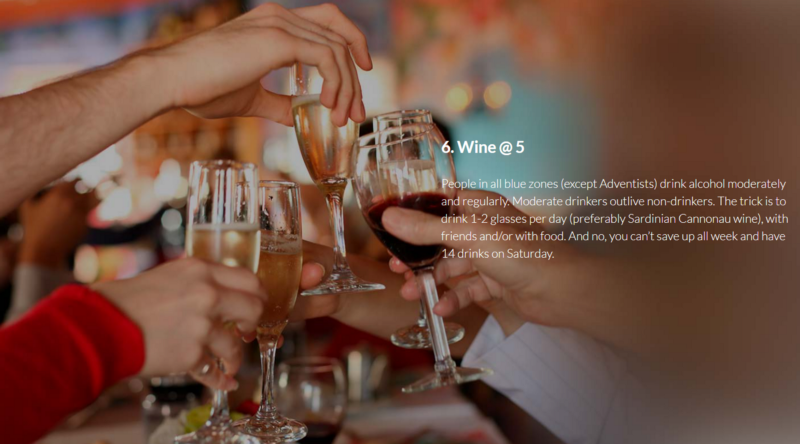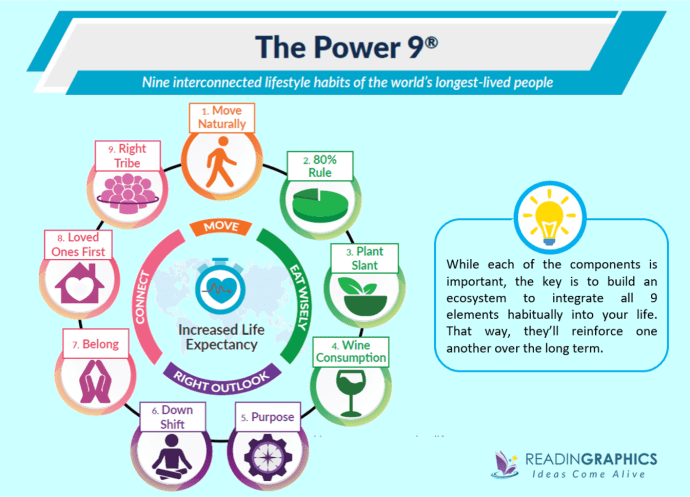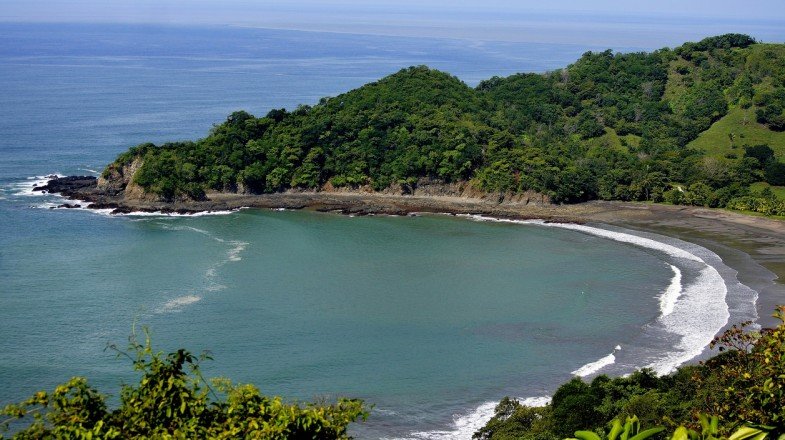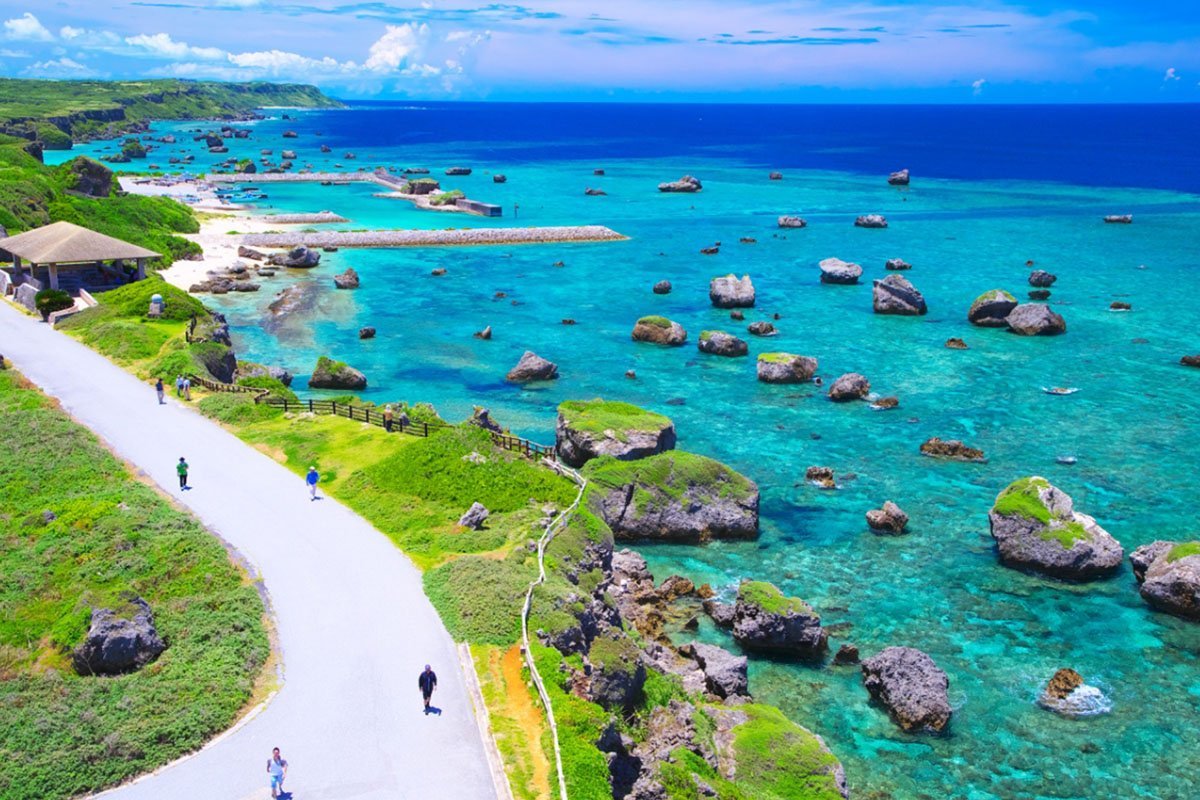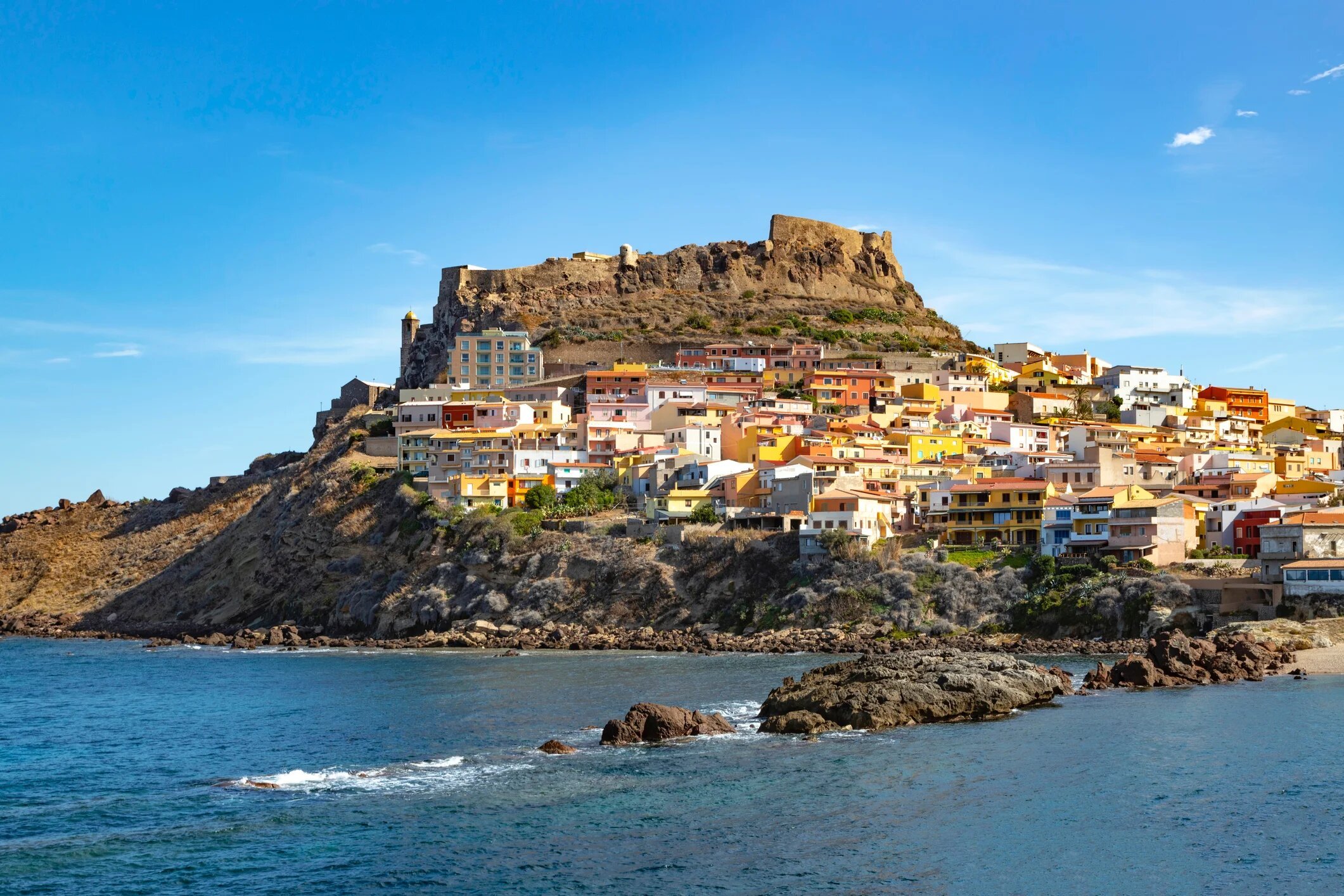The Future Must Be Blue: 9 Principles of Longevity
~ musing on the concept of “Blue Zones” — regions of the world where people live happier, healthier, and altogether longer lives — and what we can learn from them.
Living well is a concern of everyone… well, living. Living long, healthy, and happy lives together on this planet could be the easiest, best answer to the question of “what’s the meaning of life?” This is why the concept of “Blue Zones” is of interest to me — and should be of interest to everyone on the planet.
Blue zones are regions of the world where people tend to live longer. Specifically, these zones have been identified in 5 places:
Sardinia, Italy
Icaria, Greece
Okinawa, Japan
Nicoya, Costa Rica
Loma Linda, California
Across the world from one another, these respective zones harbor different languages, cultures, climates, resources, vibes. However, there are commonalities between the lifestyles that the people there lead, all of which seem to contribute to their enhanced longevity.
Bluezones.com provides ample information on the research underlying these regions, such as The Power 9 — the 9 “Lifestyle Habits of the World’s Healthiest, Longest-Lived People.”
The purpose of this writing is to lay these concepts out and comment upon them. Though none of these habits should surprise us, I think we’ve all got something to learn here nevertheless. For the sake of our future, I believe it’s imperative that we do.
It is my wholehearted belief that the future should be blue.
{And not just because it’s my favorite color…}
Alright let’s go, these are The Power 9, the nine interconnected lifestyle habits of the world’s longest-lived people:
1. Move Naturally
~ The world’s longest-lived people don’t pump iron, run marathons or join gyms. Instead, they live in environments that constantly nudge them into moving without thinking about it. They grow gardens and don’t have mechanical conveniences for house and yard work.
One thing many people tend to overlook is how much their life comes to be dominated by the environment around them. It should come as no surprise that these blue zones allow people to live amidst nature. They are in the countryside, where our ancestors evolved.
Frequent walking, chores that require *functional* strength (as opposed to aesthetic body sculpting), and an overall residence near plants, water, animals — the elements — feels like an obviously necessary aspect of life that urban living has mostly forgotten.
How do we return to “moving naturally”? After all, not all of us can live in the countryside. We’re confined to a sedentary, urbanized existence, which is why so much of our exercise is forced in gyms and less than ‘natural’ (when we get around to doing it at all). Many of us today just go from building to building, dodging the sun and interacting with elemental matter only in artificial, or accidental, ways.
I’m sure we as smart, motivated people within modern society can come up with some inventive ideas for how to do this in our living spaces. I’d reckon walkable cityscapes, full of plants and free from excessive pollution, designed from the ground up by conscientious city planners — is a good start.
The burgeoning “solarpunk” movement could be an inspiration.
2. Purpose
~ The Okinawans call it “Ikigai” and the Nicoyans call it “plan de vida;” for both it translates to “why I wake up in the morning.” Knowing your sense of purpose is worth up to seven years of extra life expectancy
Ah, yes. Purpose. You’d think this one might be further down the list. Last even. It’s a BIG one.
What can be said about life and its “purpose”? Other than that some form of it eventually becomes absolutely necessary for us human beings. According to Blue Zone research, a resolved purpose amounts to about 7 extra years of life.
For many, it is their career. Others, family. Some never figure it out at all.
For me, it’d be some combination of creation, companionship, and a cultivation of the future in whatever small degree I can manage it through my labors, before my time is through.
The Japanese name for life purpose is ikigai:
Let this four-way venn diagram be a blueprint for any wanderers. Maybe there should be an ikigai class in middle school, when our adolescents begin to think about the remainder of their life and its path. Food for thought.
3. Down Shift
~ Even people in the Blue Zones experience stress. Stress leads to chronic inflammation, associated with every major age-related disease. What the world’s longest-lived people have that we don’t are routines to shed that stress. Okinawans take a few moments each day to remember their ancestors, Adventists pray, Ikarians take a nap and Sardinians do happy hour.
A ritual of stress relieving activity. We all have them. But how healthy are they? How social are they? Do some of them often involve the consistent use of substances such as drugs and alcohol?
Coping with reality is tough business. Especially in these times and as we grow older.
This conception of ‘down shifting’ should involve some kind of therapeutic, stress-relieving action. Something that we enjoy and that’s not so bad for us. Meditation, reading, writing, painting. Creation. Conversation. Video games. Even some social drinking or smoking. Whatever floats your boat. Mine are some form of all the above, at one time or another.
Hell, a good nap {though increasingly rare for me personally} — could become your secret sauce.
4. 80% Rule
~ “Hara hachi bu” — the Okinawan, 2500-year old Confucian mantra said before meals reminds them to stop eating when their stomachs are 80 percent full. The 20% gap between not being hungry and feeling full could be the difference between losing weight or gaining it. People in the blue zones eat their smallest meal in the late afternoon or early evening and then they don’t eat any more the rest of the day.
Diet. It is integral to all that makes us healthy and happy.
The core idea of eating when you are only 80% full probably has a lot to do with the fact that
the average American eats way too much on a daily basis (cause of obesity epidemic), and
most modern foods are designed to be addictive and to not make us *feel* full, so we keep eating (cause of general unhealthiness in society + rise of heart disease, diabetes, etc.)
Intermittent fasting is something I’ve practiced for years now and highly recommend. Essentially, I only eat when I’m hungry. I eat a small breakfast snack with my coffee everyday and then don’t eat again until the afternoon or early evening, which is a big meal. By which time I am truly hungry. After, I don’t eat until the next day (sometimes a late night snack). Rinse and repeat.
This style of diet is opposed to the conventional advice I heard growing up — 3 square meals throughout the day, generally of increasing size = breakfast < lunch < dinner. Intermittent fasting breaks this chain and introduces moderation into the interplay of diet — along with more appreciation. What’s that old saying — “hunger is the best spice.”
For those of you with big appetites or just a love of great food (after all, we are human — who doesn’t love food?!), the adjustment may be a real challenge. But the results, mentally and physically, will come to speak for themselves.
For me, eating up to when you are only 80% full and/or doing intermittent fasting means I can eat more foods that are on the unhealthy spectrum (pizza, burgers, fried chicken, etc.) — because it ultimately means I am eating less of these tasty treats while still getting to experience them.
From my own experience, eating more moderate portions and less frequently over the course of the day has normalized my physique (with the help of my gifted metabolism) and practically eliminated the existence of brain fog from my daily work.
Simply put, through intermittent fasting and a relatively regular omnivore diet that includes grains, meats, fruits, vegetables, nuts, daily multivitamin, etc. I have unwittingly been abiding by this 80% rule as an adult. Pair it with some consistent exercise and you’ll see material health benefits in no time.
Another heuristic that helped me shift the way I eat: we eat to give our bodies energy, right? So why eat more later in the day when you are closer to bed? Let your meals fuel your actions throughout the day, i.e. bigger breakfast and earlier dinner.
5. Plant Slant
~ Beans, including fava, black, soy and lentils, are the cornerstone of most centenarian diets. Meat — mostly pork — is eaten on average only five times per month. Serving sizes are 3–4 oz., about the size of a deck of cards.
Vegetarianism and veganism have plenty of research backing them as superior diets for human health.
But certainly, not everyone is cut out for giving up meat forever. Including me. {It’s too tasty…}
However, it’s clearly important for our health to include a daily dose of fruits and vegetables into our diets. Greens are too valuable for our body’s internal functioning, providing essential nutrients that extend our lives and amplify our well-being.
Eating a -mostly- plant-based diet is a simple and clean way to improve your health — and clearly these blue zones do so.
Knowing this fact may be more than half the battle. For example, I’ve been buying and eating raw spinach for years now. Not because it tastes good (c’mon, it tastes like grass + cooking it with spices & oils lowers its nutritional value) — but because I understand it is good for me. It rounds out my diet (and makes me feel less guilty for eating Popeye’s occasionally!)
Sum: Eat plants, even if you don’t like ’em. They are good for you.
6. Wine @ 5
~ People in all blue zones (except Adventists) drink alcohol moderately and regularly. Moderate drinkers outlive non-drinkers. The trick is to drink 1–2 glasses per day (preferably Sardinian Cannonau wine), with friends and/or with food. And no, you can’t save up all week and have 14 drinks on Saturday.
This component of the 9 habits I am least interested in. I have grown to despise alcohol. Including wine, which gives me headaches even in moderation. I think alcohol tastes mid, makes me feel bad, and is generally bad for you. Not even broaching the terrors of alcoholism…
But the facts are the facts, drinking a glass of nightly red wine is part of the equation for greater health.
It’s probably best to embrace this one, if you choose to, on a social basis. Drinking with friends, over a shared meal, is the best way to do it.
7. Belong
~ All but five of the 263 centenarians we interviewed belonged to some faith-based community. Denomination doesn’t seem to matter. Research shows that attending faith-based services four times per month will add 4–14 years of life expectancy.
Belonging to a faith-based community means being a part of something that feels bigger than yourself. It’s not difficult to see why this is so important to our long-term well-being.
Whether this means church or some other group with a shared deity, I think everyone can find their own way. Such gatherings have been a part of human history for so long there’s reason to believe rituals centering group belongingness — and some kind of spirituality — are simply necessary.
8. Loved Ones First
~ Successful centenarians in the blue zones put their families first. This means keeping aging parents and grandparents nearby or in the home (It lowers disease and mortality rates of children in the home too.). They commit to a life partner (which can add up to 3 years of life expectancy) and invest in their children with time and love (They’ll be more likely to care for you when the time comes).
A more structured and purposeful family life. In Blue Zones, the standard “home” is home to three generations: grandparents, parents, children. This is very much an eastern philosophy, where the elders are cared for by the previous gen, and help raise the grandchildren in turn. Here in the west, grandparents are fated to live alone or in assisted living facilities when the time comes.
Again, it isn’t hard to see why this style of familial living extends and amplifies life. There’s nothing else like true blue family love. But I can also see how the prospect could be viewed as too much by some; not everyone enjoys their family’s company, especially not for a lifetime of cooperative living. Many of us young people come to demand our privacy in adulthood, perhaps to our detriment.
Committing to a single partner and investing time and love into children — these are things every person strives for, I believe. Their significance cannot be underplayed.
I think, no matter the details of the arrangement, as long as you are building your home with a foundation of love, you can’t go wrong.
9. Right Tribe
~ The world’s longest lived people chose–or were born into–social circles that supported healthy behaviors, Okinawans created ”moais”–groups of five friends that committed to each other for life. Research from the Framingham Studies shows that smoking, obesity, happiness, and even loneliness are contagious. So the social networks of long-lived people have favorably shaped their health behaviors.
A circle of trusted companions. A tribe. A group of friends that “commit to each other for life.” Nakama (仲間).
Everyone needs people. Beyond family, there are friends. People to share in conversation, your hobbies, the arts, sports, those good habits of the good life.
Living among your *right* tribe feels like another common desire among Mankind.
But how to find this tribe? How to find the time for one another in the chaos of our respective lives?
Aside from the extra years or the extra dopamine, it seems to me living well among others whom you love should be life’s goal anyway. Hanging out with cool people throughout your life is the mortal coil’s most delightful reward.
Find your tribe, discover your life.
To make it to 100, you need to have won the genetic lottery. However most of us have the capacity to make it well into our early 90’s and largely without chronic disease. As the Adventists have demonstrated, the average person’s life expectancy could be increased by 10–12 years by adoption a Blue Zones lifestyle.
There it is, the 9 habits of the people from Blue Zones. How best can we incorporate elements from this lifestyle into our own lives? Have we built a world that can sustain such humanistic principles of longevity? If we wish for our future to be blue — what must we begin to do? ~
Ikaria, Greece | Nicoya, Costa Rica | Loma Linda, California | Okinawa, Japan | Sardinia, Italy


